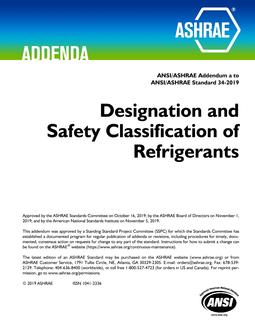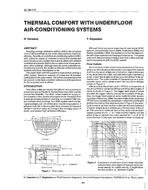After a short description of the IEA-OA, DB, DC office building’s main characteristics and meteorological data, we present an evaluation of heating and cooling requirements with our LPB-I program. This computation includes the different cases of static and dynamic building characteristics proposed by the lEA operating agent.
In addition, we present our floating temperature analysis of one summer cyclic day. We also give the conclusions of the operating agent on the results of the programs covering this comparison study. Finally, we give our own conclusions on the discrepancies in the computation results.
The results presented constitute a Belgian contribution to the International Energy Agency programs of Energy Conservation in Buildings and Community Systems. This paper is published with the approval of the executive committee on buildings and community systems, but does not necessarily reflect the unanimous views of its members. Our calculations were performed by the LPB-1 program (see Appendix A).
According to reference2, the main objective was "to improve the availability and quality of analytical techniques and computer programs. for predicting peak loads and annual energy requirements". After several unsatisfactory attempts of comparison on realistic buildings, the IEA executive committee agreed to analyze a simplified model of office building. As the preceding ones, it was assumed to be located in Weathersfield (U.K.).
Citation: ASHRAE Transactions, Volume 87, Part 1, Chicago, Illinois
Product Details
- Published:
- 1981
- Number of Pages:
- 28
- File Size:
- 1 file , 1.6 MB
- Product Code(s):
- D-CH-2626


